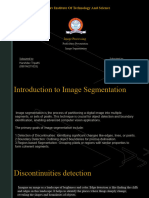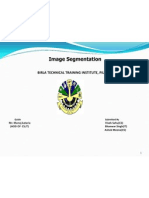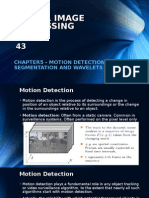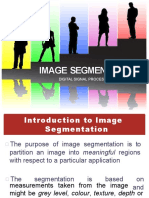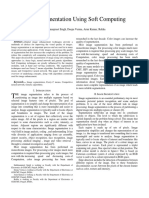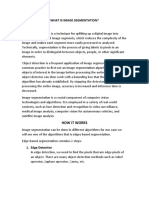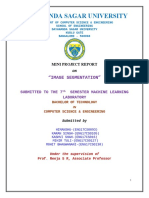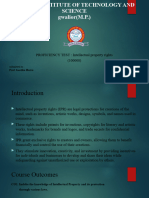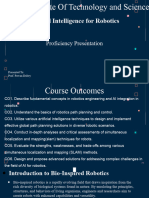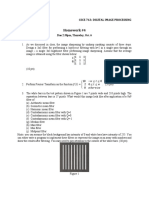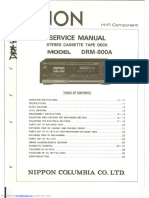0% found this document useful (0 votes)
44 views7 pagesImage Processing
The document discusses image segmentation techniques for partitioning digital images into segments. It describes the goals of image segmentation as detection of discontinuities, boundary detection, and region-based segmentation. It also explains different types of segmentation including contextual segmentation methods like region growing and split-merge segmentation, as well as non-contextual methods like thresholding.
Uploaded by
harsh devCopyright
© © All Rights Reserved
We take content rights seriously. If you suspect this is your content, claim it here.
Available Formats
Download as PDF, TXT or read online on Scribd
0% found this document useful (0 votes)
44 views7 pagesImage Processing
The document discusses image segmentation techniques for partitioning digital images into segments. It describes the goals of image segmentation as detection of discontinuities, boundary detection, and region-based segmentation. It also explains different types of segmentation including contextual segmentation methods like region growing and split-merge segmentation, as well as non-contextual methods like thresholding.
Uploaded by
harsh devCopyright
© © All Rights Reserved
We take content rights seriously. If you suspect this is your content, claim it here.
Available Formats
Download as PDF, TXT or read online on Scribd
/ 7
